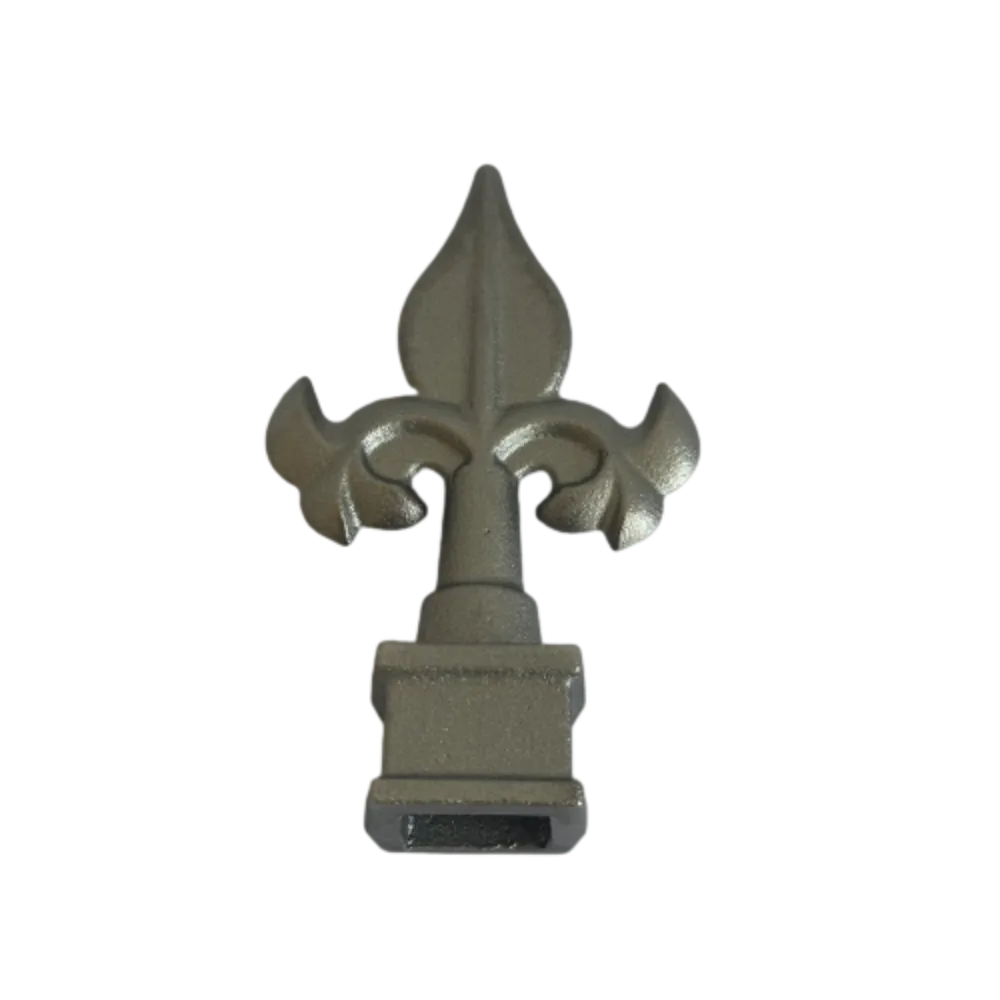Elegant Designs of Wrought Iron Scrolls for Stylish Home Decor and Architectural Elements
The Art and Craft of Rod Iron Scrolls
Rod iron scrolls have become a staple in the realm of decorative arts and architectural design. Known for their elegance and durability, these intricate designs are often seen in railings, gates, balconies, and various ornamental fixtures. The artistry enveloping rod iron scrolls not only showcases a rich historical lineage but also represents a blend of function and aesthetic appeal.
Historically, wrought iron has been used since ancient times, valued for its malleability and strength. Blacksmiths would painstakingly hammer, twist, and shape iron into various forms, creating scrolls that were both beautiful and functional. By the Middle Ages, wrought iron scrollwork had become a prominent feature in European architecture, adorning castles, cathedrals, and public buildings. The elaborate designs were not merely decorative; they served to reinforce structures while providing an exquisite visual appeal.
Rod iron scrolls often feature swirling patterns and coiling motifs, reminiscent of nature’s curves. These elements reflect the organic beauty found in leaves, vines, and flowers, bridging the gap between the natural world and human craftsmanship. The scroll designs can vary widely, from simple, understated curves to elaborate, ornate patterns that make a bold statement. This versatility allows rod iron scrolls to complement both contemporary and traditional aesthetics, making them a popular choice for various applications.
rod iron scrolls

In modern architecture and interior design, rod iron scrolls are increasingly used to enhance outdoor spaces. They are often incorporated into gates and fences, where their graceful forms add charm and security. Beyond their practical applications, these scrolls serve as a canvas for artistic expression. Ornamental blacksmiths and metalworkers utilize various techniques, including forging, welding, and tempering, to create unique designs that can be customized to fit specific client needs. This craftsmanship results in pieces that not only serve a purpose but also stand as works of art.
When integrated into interior design, rod iron scrolls can add an element of sophistication and timelessness. They often appear in stair railings, light fixtures, and furniture, where their intricate designs catch the eye and draw attention. The contrast between the sleek lines of modern design and the ornate shapes of rod iron scrolls creates a striking visual appeal. Furthermore, the use of rod iron can provide a warm, rustic feel, particularly when combined with wood or stone elements.
Maintenance of rod iron scrolls is essential to ensure their longevity. While iron is a durable material, it is susceptible to rust and corrosion if not properly treated. Applying protective coatings, regularly cleaning the surfaces, and addressing any signs of wear promptly can help preserve the beauty and integrity of these decorative elements.
In conclusion, rod iron scrolls are a testament to the marriage between function and artistry. Their rich history, coupled with their adaptability in modern design, makes them a favored choice in various applications. Whether they are used as part of a grand entry gate or as an elegant indoor railing, rod iron scrolls remain a symbol of craftsmanship and beauty. Their ability to transcend time and trends speaks to their value, making them an enduring element in the world of design and architecture. As we continue to appreciate the artistry involved in creating rod iron scrolls, we also celebrate the timeless elegance they bring to our spaces.
-
Wrought Iron Components: Timeless Elegance and Structural StrengthNewsJul.28,2025
-
Window Hardware Essentials: Rollers, Handles, and Locking SolutionsNewsJul.28,2025
-
Small Agricultural Processing Machines: Corn Threshers, Cassava Chippers, Grain Peelers & Chaff CuttersNewsJul.28,2025
-
Sliding Rollers: Smooth, Silent, and Built to LastNewsJul.28,2025
-
Cast Iron Stoves: Timeless Heating with Modern EfficiencyNewsJul.28,2025
-
Cast Iron Pipe and Fitting: Durable, Fire-Resistant Solutions for Plumbing and DrainageNewsJul.28,2025
-
 Wrought Iron Components: Timeless Elegance and Structural StrengthJul-28-2025Wrought Iron Components: Timeless Elegance and Structural Strength
Wrought Iron Components: Timeless Elegance and Structural StrengthJul-28-2025Wrought Iron Components: Timeless Elegance and Structural Strength -
 Window Hardware Essentials: Rollers, Handles, and Locking SolutionsJul-28-2025Window Hardware Essentials: Rollers, Handles, and Locking Solutions
Window Hardware Essentials: Rollers, Handles, and Locking SolutionsJul-28-2025Window Hardware Essentials: Rollers, Handles, and Locking Solutions -
 Small Agricultural Processing Machines: Corn Threshers, Cassava Chippers, Grain Peelers & Chaff CuttersJul-28-2025Small Agricultural Processing Machines: Corn Threshers, Cassava Chippers, Grain Peelers & Chaff Cutters
Small Agricultural Processing Machines: Corn Threshers, Cassava Chippers, Grain Peelers & Chaff CuttersJul-28-2025Small Agricultural Processing Machines: Corn Threshers, Cassava Chippers, Grain Peelers & Chaff Cutters












